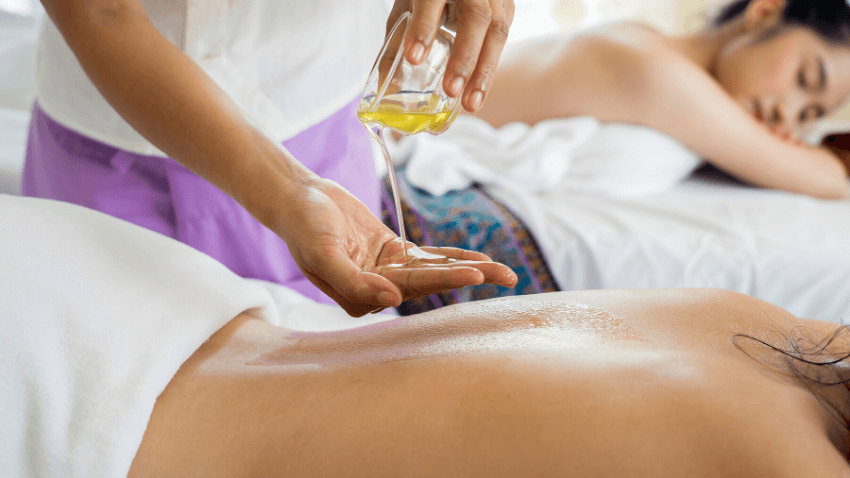Can Massage Help Your Lower Back Pain Problem?
For most people, the answer is probably ‘yes’, since massage is non-invasive and considered very low risk for most people. In addition to physical benefits, certain types of massage have been shown to help psychologically via relaxation and increased production of ‘feel-good’ chemicals that the body naturally produces (endorphins)–helpful for people with both acute back problems and chronic lower back pain.
Benefits Of Massage
Massage therapy is becoming more widely accepted in the medical community as a credible treatment for many types of back pain and/or as an adjunct to other medical treatments. Research shows that massage therapy has several potential health benefits for such sufferers, including:
- Increased blood flow and circulation, which brings needed nutrition to muscles and tissues. This aids in the recovery of muscle soreness from physical activity or soft tissue injury (such as muscle strain).
- Decreased tension in the muscles. This muscle relaxation can improve flexibility, reduce pain caused by tight muscles and even improve sleep.
- Increased endorphin levels–the “feel good” chemicals in the brain. This mood enhancer can ease depression and anxiety, which can help reduce pain and speed recovery–particularly important for those suffering from chronic back or neck problems.
Many healthcare providers say they will encourage their patients to pursue massage therapy in addition to medical treatment. If appropriate, you may want to ask your physician for a referral to a massage therapy professional in your area.
There are numerous back problems that may benefit from massage therapy, including:
- Muscle strain in the lower back or upper back/neck. Most episodes of acute back pain are caused by muscle strain, such as from lifting a heavy object, a sudden movement or a fall. The low back pain can be very severe and last for several hours, several days or even a few weeks. When back muscles are strained or torn, the area around the muscles can become inflamed. With inflammation, the muscles in the back can spasm and cause both severe lower back pain and difficulty moving. The large upper back muscles are also prone to irritation, either due to de-conditioning (lack of strength) or overuse injuries (such as repetitive motions). Upper back pain may also be due to a specific event, such as a muscle strain, sports injury, or auto accident. Massage can help work out the spasm/irritation and improve range of motion. Read more in Back muscles and low back pain and Causes of upper back pain.
- Osteoarthritis of the spine. Spinal arthritis is the breakdown of the cartilage between the aligning facet joints in the back portion of the spine. The facet joints become inflamed and progressive joint degeneration creates more frictional pain as bone rubs on bone. Therapeutic massage can help reduce osteoarthritis pain by improving circulation and reducing stress and muscle tension. However, it is important to find a professional who is specifically trained in treating people with arthritis. See also More spinal arthritis treatments.
- Fibromyalgia. Fibromyalgia can affect people differently, but is usually characterized by pain, stiffness, fatigue and/or non-restorative sleep. The patient typically feels both widespread pain and pain in specific “tender points” as evidenced by physical examination. Massage can target both the tender points and the more broadly distributed pain and stiffness.
Although massage is relatively safe, it is always advisable for patients to first check with their doctor before beginning massage therapy or any other treatment. There are some contraindications for massage therapy, such as (but not limited to): recent surgery; infectious skin disease, rash, or unhealed wound; varicose veins; and osteoporosis.

